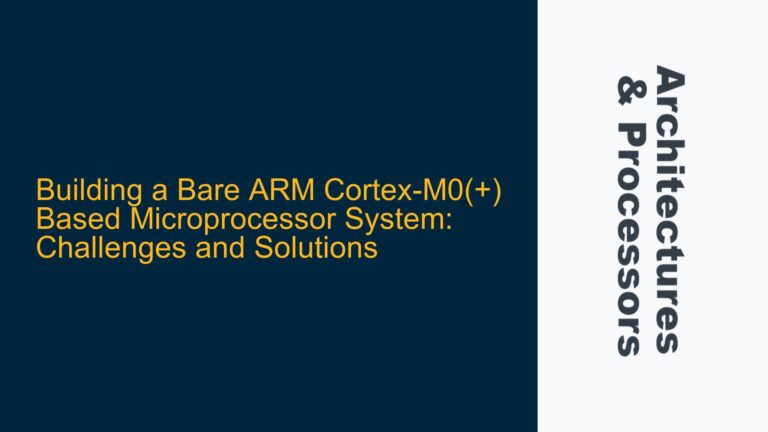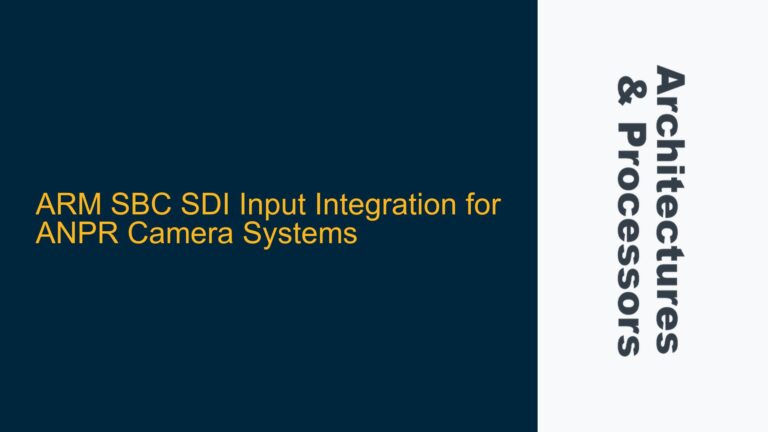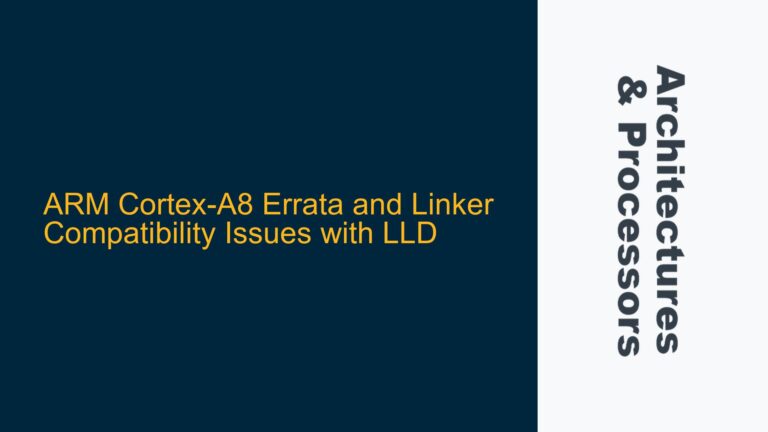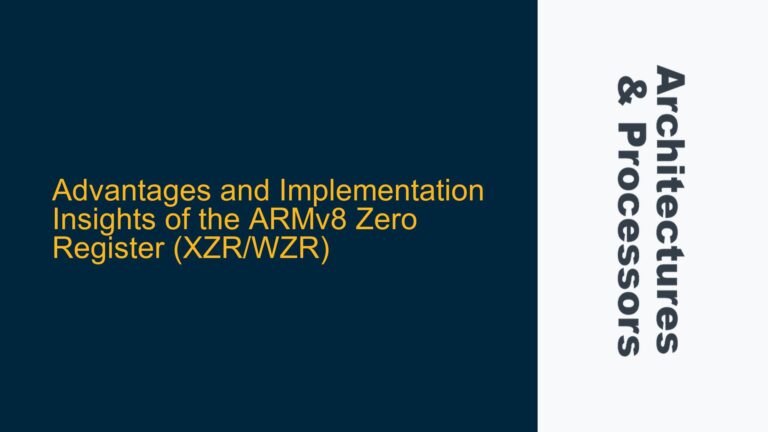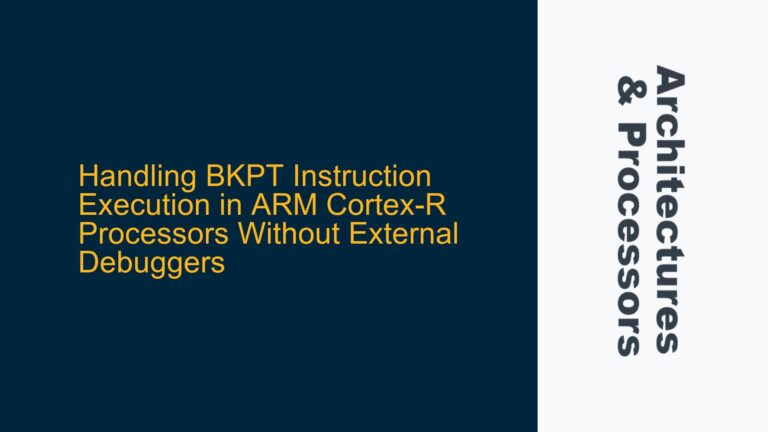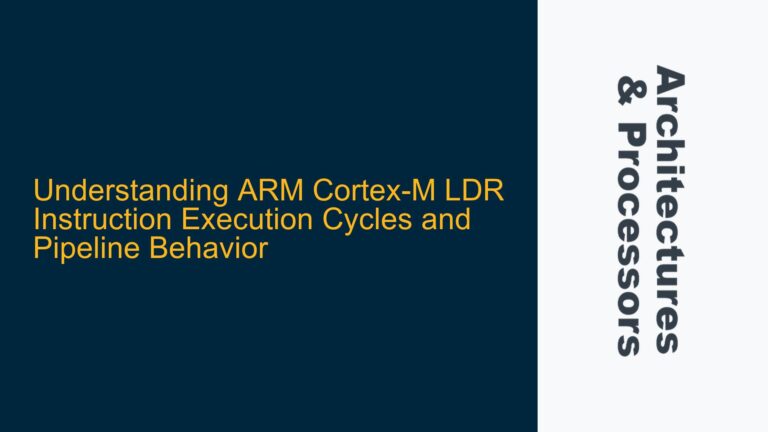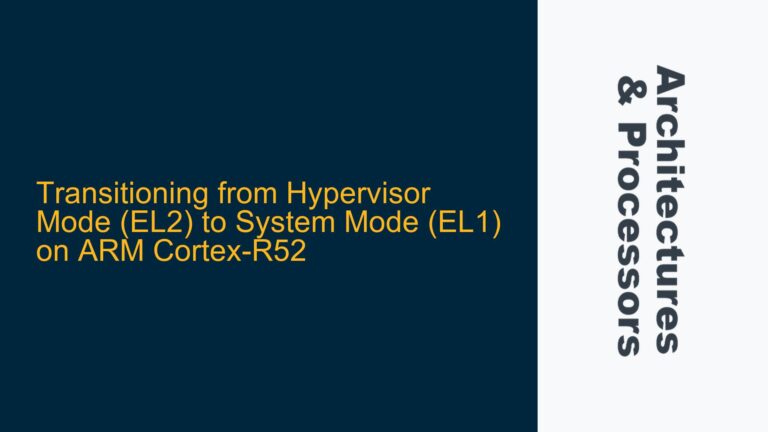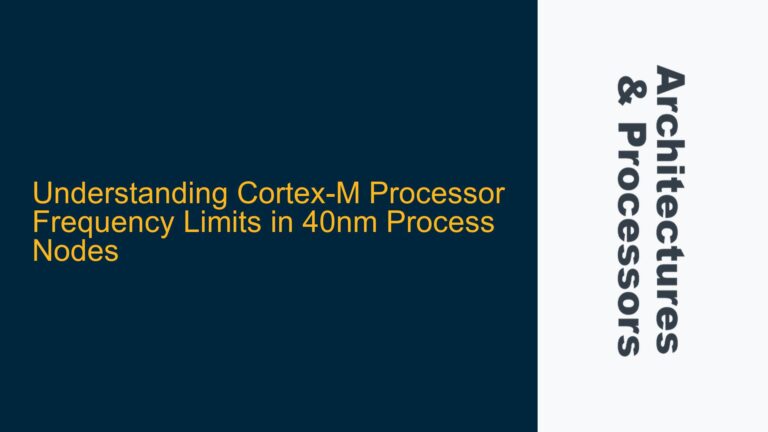Debugging Cortex-M7 Lockup Resets and Cache Initialization Issues
Cortex-M7 Lockup Resets During GPIO Multiplexing Initialization The Cortex-M7 microcontroller is a high-performance processor designed for real-time embedded applications. However, its complexity can lead to subtle issues, such as lockup resets, which are particularly challenging to debug. In this scenario, the system experiences a reset during the initialization of GPIO multiplexing after the startup code…

